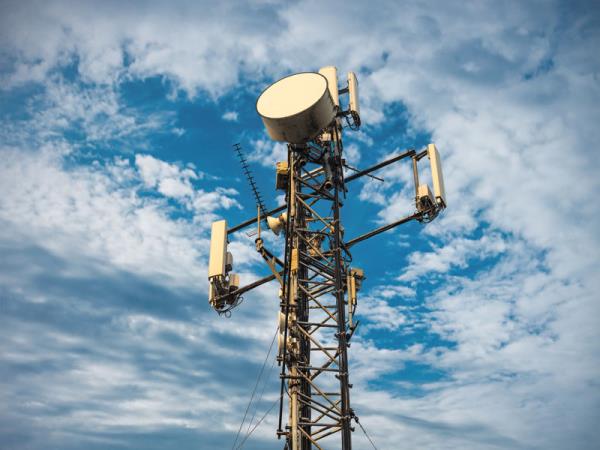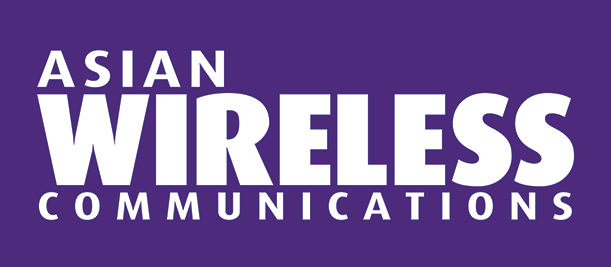02 October 2025

The project was a collaborative effort involving state-owned telco Bharat Sanchar Nigam Limited (BSNL), Tata Consultancy Services (TCS), the Centre for Development of Telematics (C-DOT), and Tejas Networks. This innovative, cloud-based Bharat Telecom Stack was completed within two years, with TCS leading the integration of C-DOT’s EPC core network technology with Tejas’s base stations and radio infrastructure at 100,000 sites. The project also saw the establishment of data centres and the deployment of TCS’s Cognitive Network Operations platform to enable continuous, real-time network management.
The stack, which adheres to 3GPP standards, has been installed across 97,500 4G towers operated by BSNL, Reliance Jio, and Bharti Airtel. These towers are located in 26,700 villages that were previously unconnected, providing over 22 million people with access to affordable 4G services. Significantly, all these towers are designed to be upgradeable to 5G, positioning India for the next generation of wireless connectivity.
This development aligns with Prime Minister Narendra Modi’s vision to boost India’s self-reliance in technology and establish the country as a global manufacturing hub for telecommunications equipment. N Ganapathy Subramaniam, TCS’s strategic telecom advisor and chairman of Tejas Networks, noted that India has become only the fifth country globally — after Finland, Sweden, South Korea, and China — to develop a comprehensive, indigenous telecom technology stack supporting 4G and beyond. He emphasized that India’s achievement puts the nation on the map as one of the few countries with a trusted, software-upgradable, self-sufficient telecom infrastructure.
BSNL’s CMD, Robert J Ravi, highlighted that the successful deployment of the Bharat Telecom Stack enables BSNL to finally roll out full 4G services. The telco had previously soft-launched 4G in Delhi through a partner, utilizing a 4G-as-a-service model. With this new indigenous stack, the government’s push for digital inclusion and technological self-reliance takes a significant step forward, promising to bridge connectivity gaps across the country and secure India’s digital future.






